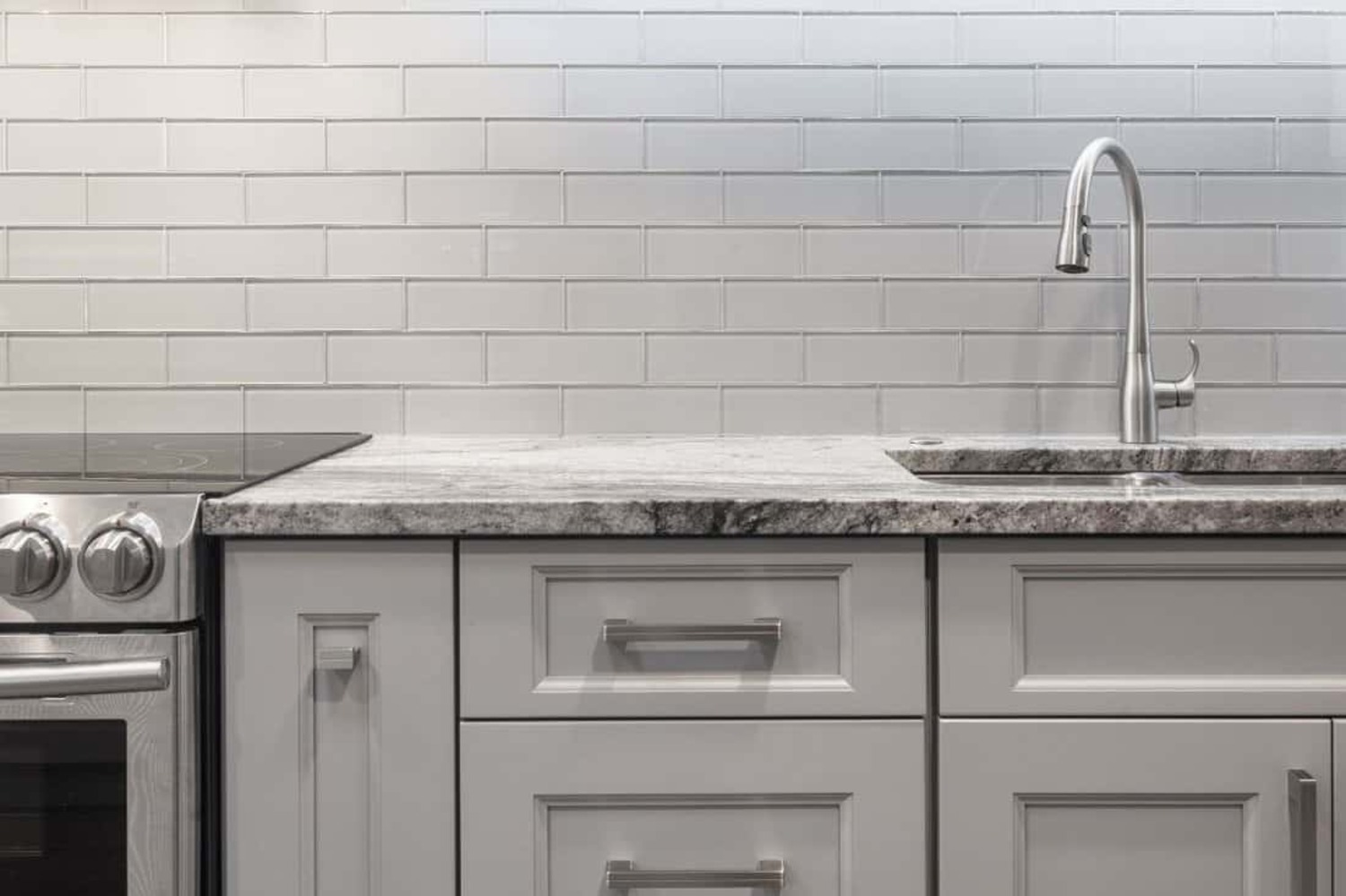

Articles
How To Clean Brushed Nickel Faucet
Modified: December 7, 2023
Looking for articles on how to clean your brushed nickel faucet? Check out our comprehensive guide for step-by-step instructions and expert tips.
(Many of the links in this article redirect to a specific reviewed product. Your purchase of these products through affiliate links helps to generate commission for Storables.com, at no extra cost. Learn more)
Introduction
A brushed nickel faucet is an elegant and modern addition to any kitchen or bathroom. Its sleek and muted appearance adds a touch of sophistication to the space. However, over time, a brushed nickel faucet can accumulate dirt, water stains, and soap scum, diminishing its beauty. To keep your faucet looking pristine, it’s important to regularly clean and maintain it.
In this article, we will guide you through the step-by-step process of cleaning a brushed nickel faucet. We will provide you with the necessary tools and materials, as well as some useful tips to ensure your faucet stays in optimal condition.
Key Takeaways:
- Regularly clean brushed nickel faucets with a gentle dish soap and warm water to maintain their elegant appearance and prevent dirt and water stains from accumulating.
- Use non-abrasive polish or wax to protect brushed nickel faucets from future stains, and regularly wipe them down with a mild cleaning solution to keep them looking sleek and sophisticated.
Tools and Materials Needed for Cleaning a Brushed Nickel Faucet
Before you begin cleaning your brushed nickel faucet, it’s important to gather the necessary tools and materials. Fortunately, you won’t need any specialized equipment or expensive cleaners. Here’s what you’ll need:
- Gentle dish soap or mild cleaning agent: Look for a mild dish soap or a cleaner specifically designed for brushed nickel surfaces. Avoid using harsh chemicals or abrasive cleaners, as they can damage the finish of the faucet.
- Warm water: You’ll need warm water to create a cleaning solution and rinse off the faucet later.
- Soft microfiber cloth or sponge: Choose a soft cloth or sponge that won’t scratch or leave marks on the brushed nickel surface.
- Toothbrush or soft-bristled brush: A toothbrush or a small, soft-bristled brush is ideal for reaching into the crevices and corners of the faucet.
- White vinegar (optional): If you have stubborn stains or mineral deposits on your faucet, you can use white vinegar as a natural cleaning agent. However, be cautious as vinegar can be acidic and may damage certain types of brushed nickel finishes. Test it on a small, inconspicuous area first.
- Non-abrasive polish or wax (optional): To give your brushed nickel faucet an extra shine and protect it from future stains, you can use a non-abrasive polish or wax specifically designed for metal surfaces.
Once you have gathered these tools and materials, you are ready to start cleaning your brushed nickel faucet and restoring its pristine appearance.
Step 1: Preparing the Cleaning Solution
Before you begin cleaning your brushed nickel faucet, it’s important to prepare a gentle cleaning solution. This solution will help remove dirt, grime, and water stains from the surface while protecting the delicate finish of the faucet. Here’s how to prepare the cleaning solution:
- Fill a small bowl or bucket with warm water. The water should be warm but not too hot to touch.
- Add a few drops of gentle dish soap or a mild cleaning agent to the warm water. Be sure to use a cleaning product that is safe for use on brushed nickel surfaces.
- Stir the water gently to create a soapy solution. Make sure the soap is well-dissolved in the water.
- If you are dealing with stubborn stains or mineral deposits, you can add a small amount of white vinegar to the cleaning solution. However, be cautious as vinegar can be acidic and may damage certain types of brushed nickel finishes. Test it on a small, inconspicuous area first.
- Once the cleaning solution is prepared, you’re ready to move on to the next step of the cleaning process.
By preparing a gentle cleaning solution, you can effectively remove dirt and stains from your brushed nickel faucet without harming its finish. Creating the right cleaning solution is an essential part of the cleaning process and ensures that your faucet stays in optimal condition.
Step 2: Removing any Build-up or Debris from the Faucet
Before you can effectively clean your brushed nickel faucet, it’s important to remove any build-up or debris that may be present on the surface. This step will ensure that the cleaning solution can penetrate the faucet and remove any stubborn stains or grime. Here’s how to remove build-up or debris from your faucet:
- Begin by turning off the water supply to the faucet. This will prevent any water from running while you clean the faucet, making the process easier.
- Examine the faucet for any visible dirt, grime, or debris. Common culprits include soap scum, hard water deposits, and mineral build-up.
- Using a soft microfiber cloth or sponge, gently wipe down the entire surface of the faucet. Pay close attention to any areas where dirt or debris may have accumulated, such as around the base of the spout or in the handle crevices.
- If you notice any stubborn stains or build-up that cannot be removed with a cloth alone, you can use a toothbrush or a small, soft-bristled brush. Dip the brush into the cleaning solution and gently scrub the affected areas. Be careful not to apply too much pressure, as you could scratch or damage the brushed nickel surface.
- Continue wiping and scrubbing until you have removed all visible dirt and debris from the faucet.
By thoroughly removing any build-up or debris from the surface of your brushed nickel faucet, you are preparing it for the next step of the cleaning process. This step will help ensure that the cleaning solution can effectively clean and restore the faucet to its original shine.
To clean a brushed nickel faucet, mix equal parts of water and white vinegar in a spray bottle. Spray the solution onto the faucet and wipe it clean with a soft cloth to remove water spots and fingerprints. Avoid using abrasive cleaners or scrubbing pads to prevent scratching the surface.
Step 3: Cleaning the Faucet with the Solution
Now that you have prepared the cleaning solution and removed any visible build-up or debris from your brushed nickel faucet, it’s time to clean the faucet using the solution. This step will help remove stains, water spots, and dirt from the surface, restoring its lustrous appearance. Here’s how to clean the faucet with the solution:
- Dip a soft microfiber cloth or sponge into the cleaning solution. Make sure the cloth or sponge is damp but not dripping wet.
- Gently wipe down the entire surface of the faucet, paying close attention to areas that are particularly dirty or stained.
- If you come across stubborn stains or deposits, you can use a toothbrush or soft-bristled brush to gently scrub the affected areas. Dip the brush into the cleaning solution and apply gentle circular motions to lift away the stain.
- Continue cleaning the faucet, reapplying the cleaning solution as needed, until you have covered the entire surface.
- Be sure to clean hard-to-reach areas, such as around the base of the spout and the crevices of the handles, using the toothbrush or brush.
As you clean the faucet, avoid using excessive force or abrasive materials that can scratch or damage the brushed nickel finish. The goal is to gently remove stains and dirt without compromising the integrity of the faucet’s surface.
If you’re dealing with tough stains or mineral deposits that are resistant to the cleaning solution, you can use a small amount of white vinegar. Dip a cloth or sponge into the vinegar and gently rub the affected area. However, be cautious as vinegar can be acidic and may damage certain types of brushed nickel finishes. Test it on a small, inconspicuous area first.
By following these steps and cleaning the faucet with the solution, you will successfully remove dirt, stains, and water spots from your brushed nickel faucet, leaving it looking clean and refreshed.
Step 4: Rinsing and Drying the Faucet
After cleaning the brushed nickel faucet with the solution, it’s important to rinse off any remaining residue and dry the surface thoroughly. This step ensures that no cleaning solution or water spots are left behind, leaving the faucet looking pristine. Here’s how to rinse and dry the faucet:
- Turn on the water supply to the faucet to allow clean water to flow.
- Using your hand, splash water onto the surface of the faucet to rinse off the cleaning solution. Make sure to rinse all areas, including hard-to-reach spots.
- If necessary, use a soft cloth or sponge soaked in clean water to gently wipe away any remaining residue.
- Once the faucet is properly rinsed, use a dry, soft microfiber cloth to gently dry the entire surface. Ensure that no water droplets or moisture are left behind.
- If you notice any water spots or streaks, you can use a clean, dry cloth to gently buff the surface until it shines.
Throughout the rinsing and drying process, be mindful of the brushed nickel’s delicate finish. Avoid using excessive force or abrasive materials that can scratch or damage the surface. Instead, opt for gentle wiping motions to remove any remaining residue.
By thoroughly rinsing and drying the faucet, you will achieve a sparkling clean finish, free of any cleaning solution or water marks. This final step ensures that your brushed nickel faucet maintains its shine and luster.
Step 5: Polishing and Maintaining the Brushed Nickel Finish
Once you have cleaned and dried your brushed nickel faucet, it’s important to finish off the process by polishing and maintaining the finish. This step will help protect the faucet from future stains and keep it looking its best. Here’s how to polish and maintain the brushed nickel finish:
- Apply a small amount of non-abrasive polish or wax specifically designed for metal surfaces to a soft cloth.
- Gently rub the cloth over the entire surface of the faucet, using circular motions. Make sure to cover all areas, including the spout, handles, and base.
- Continue polishing until you notice the brushed nickel finish starting to shine and regain its luster.
- Once you have polished the faucet, use a clean, dry cloth to buff away any excess polish or wax residue.
- Regularly clean your faucet to prevent dirt and stains from accumulating. Wipe it down with a soft cloth or sponge and a mild cleaning solution on a weekly basis.
- Avoid using abrasive cleaners, harsh chemicals, or abrasive scrubbing pads, as they can damage the brushed nickel finish.
- If you notice any water spots or stains in between cleanings, you can use a mixture of white vinegar and water to gently remove them. Dip a soft cloth or sponge into the solution and wipe away the stains.
- Be sure to dry the faucet thoroughly after each use to prevent water spots and mineral deposits.
- If you have hard water in your area, consider installing a water softener or using a water filter system to minimize mineral deposits on your faucet.
By regularly polishing and maintaining the brushed nickel finish, you can keep your faucet looking beautiful and protect it from stains and discoloration. Following these tips will help prolong the life and maintain the shine of your brushed nickel faucet.
Conclusion
Cleaning and maintaining a brushed nickel faucet doesn’t have to be a daunting task. With the right tools, materials, and techniques, you can keep your faucet looking pristine and extend its lifespan. By following the step-by-step process outlined in this article, you can effectively remove dirt, grime, and stains from the surface of your faucet, restoring its lustrous appearance.
Remember to gather the necessary tools and materials, including a gentle dish soap or mild cleaning agent, warm water, a soft microfiber cloth or sponge, a toothbrush or soft-bristled brush, and optionally, white vinegar and non-abrasive polish or wax. Preparing the cleaning solution and removing any build-up or debris are imperative as they ensure a thorough clean.
Cleaning the faucet with the solution, rinsing off any residue, and drying the surface are crucial steps that must not be overlooked. Pay attention to gentle scrubbing and drying techniques to avoid damaging the brushed nickel finish.
To maintain the pristine condition of your brushed nickel faucet, regular polishing and proper maintenance are crucial. This includes using non-abrasive polish or wax, cleaning the faucet regularly with a mild cleaning solution, avoiding harsh chemicals, and drying the faucet after each use.
By following these guidelines, you can keep your brushed nickel faucet looking sleek and sophisticated for years to come. So, take the time to clean and maintain your faucet, and enjoy the beauty and functionality it adds to your kitchen or bathroom.
Frequently Asked Questions about How To Clean Brushed Nickel Faucet
Was this page helpful?
At Storables.com, we guarantee accurate and reliable information. Our content, validated by Expert Board Contributors, is crafted following stringent Editorial Policies. We're committed to providing you with well-researched, expert-backed insights for all your informational needs.
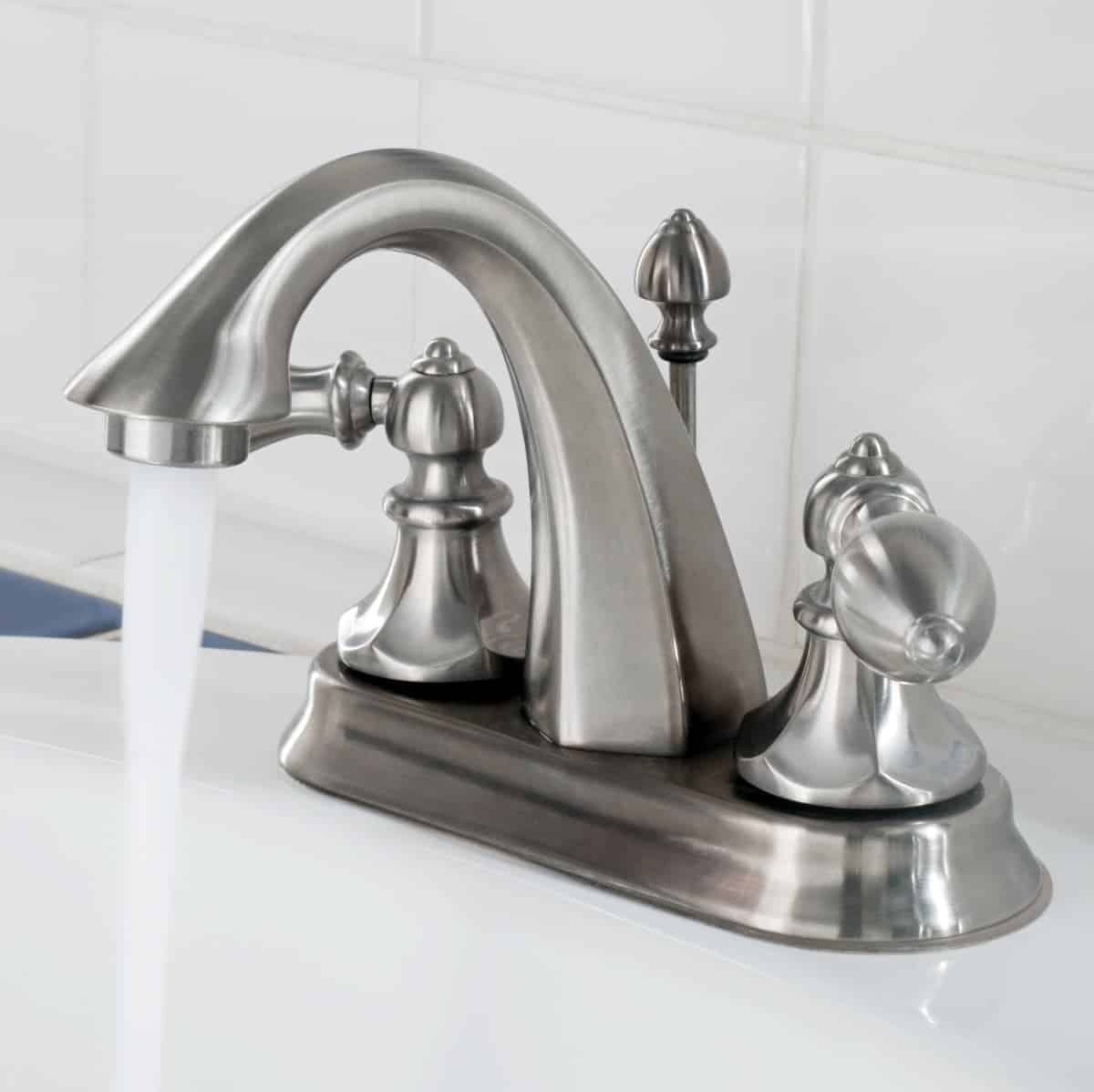
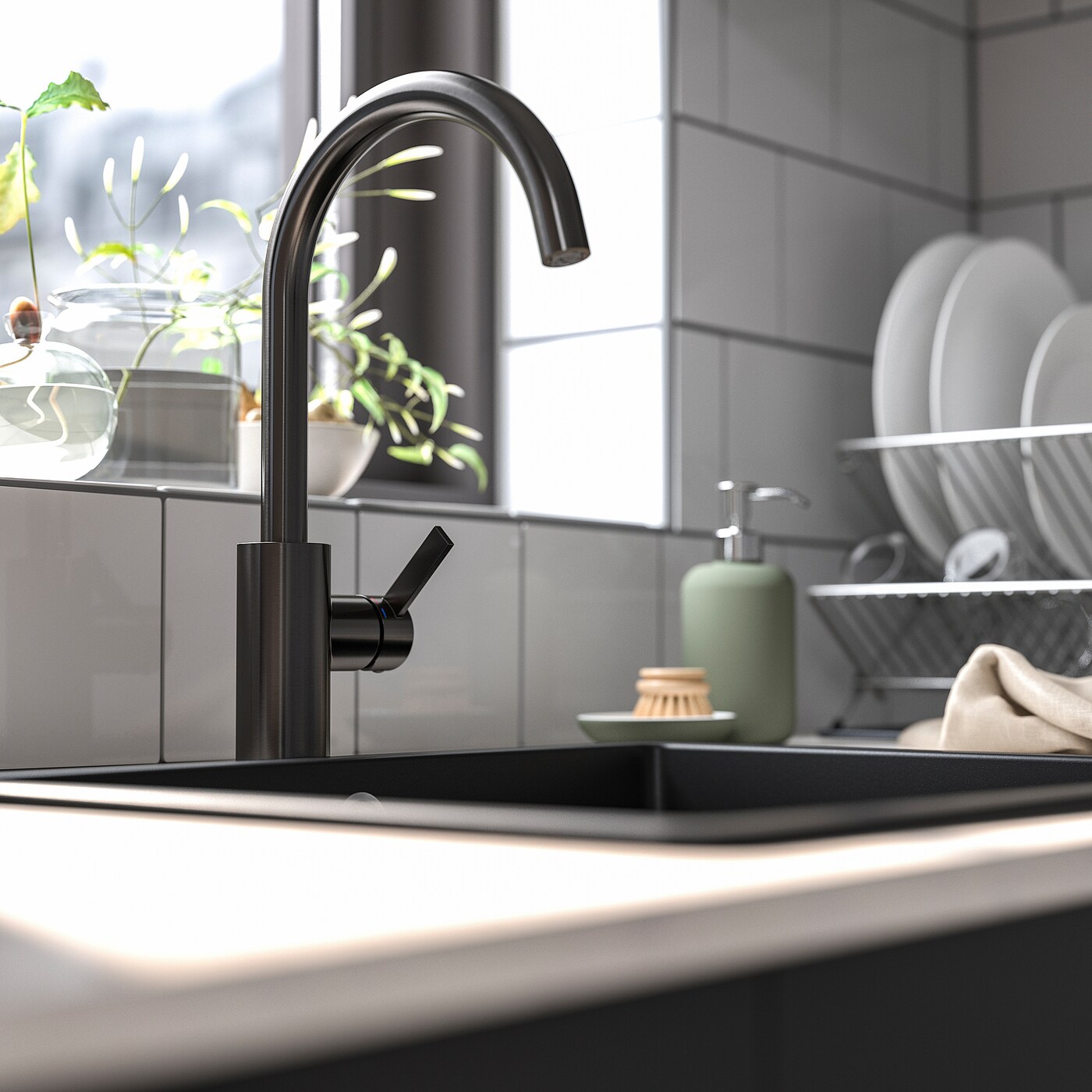
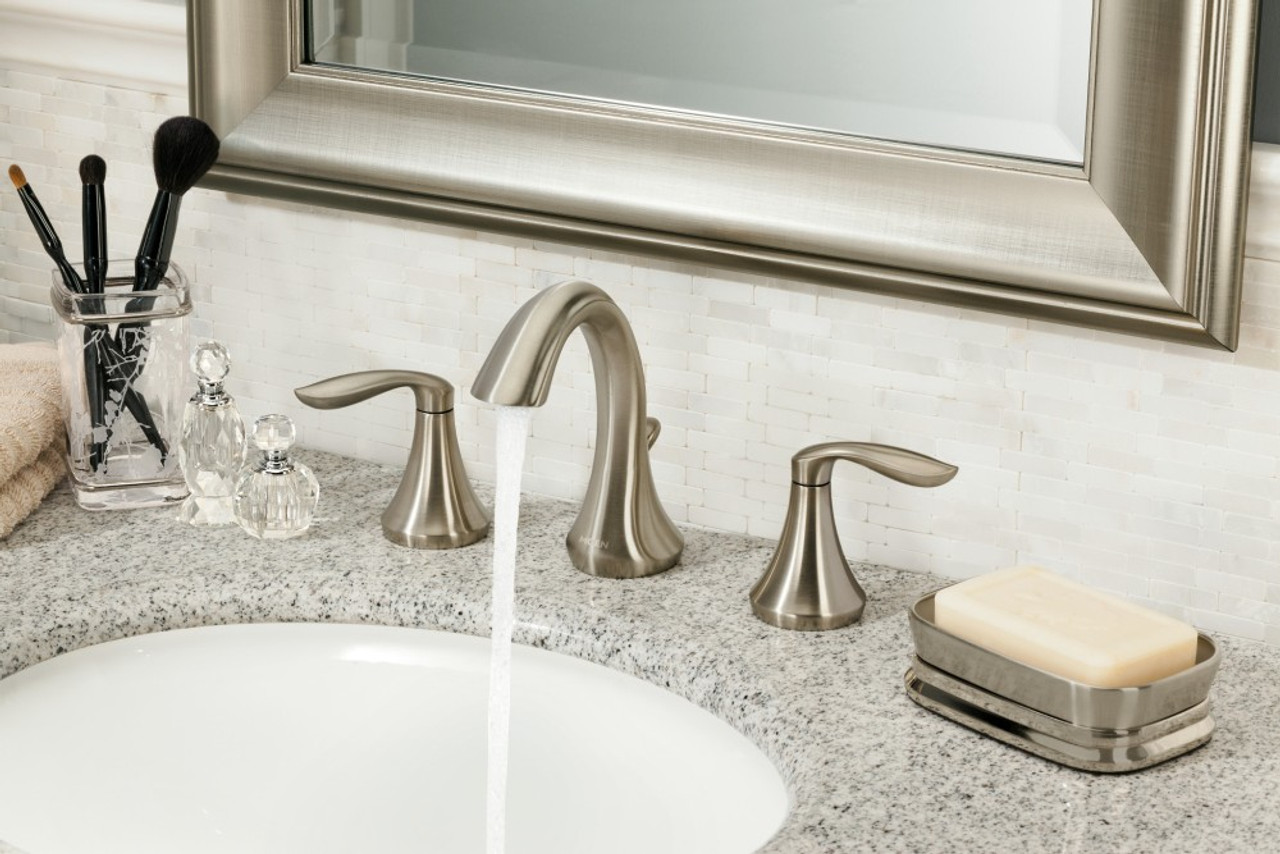
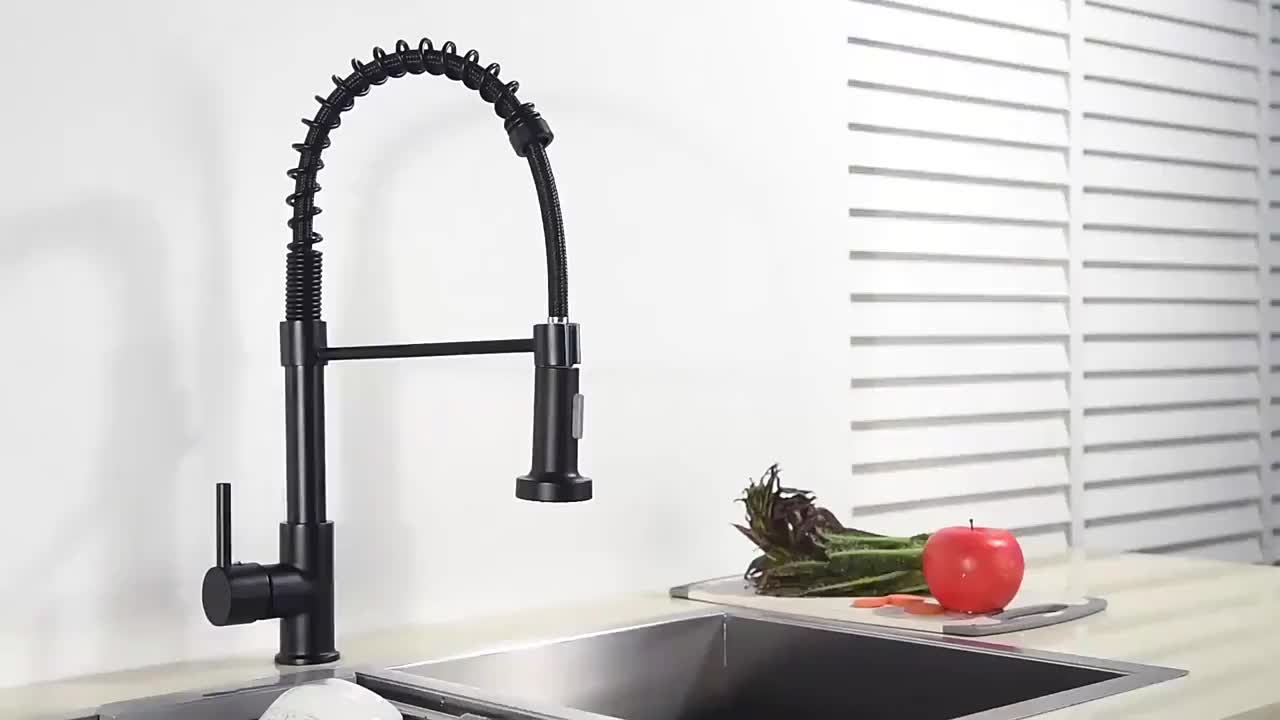
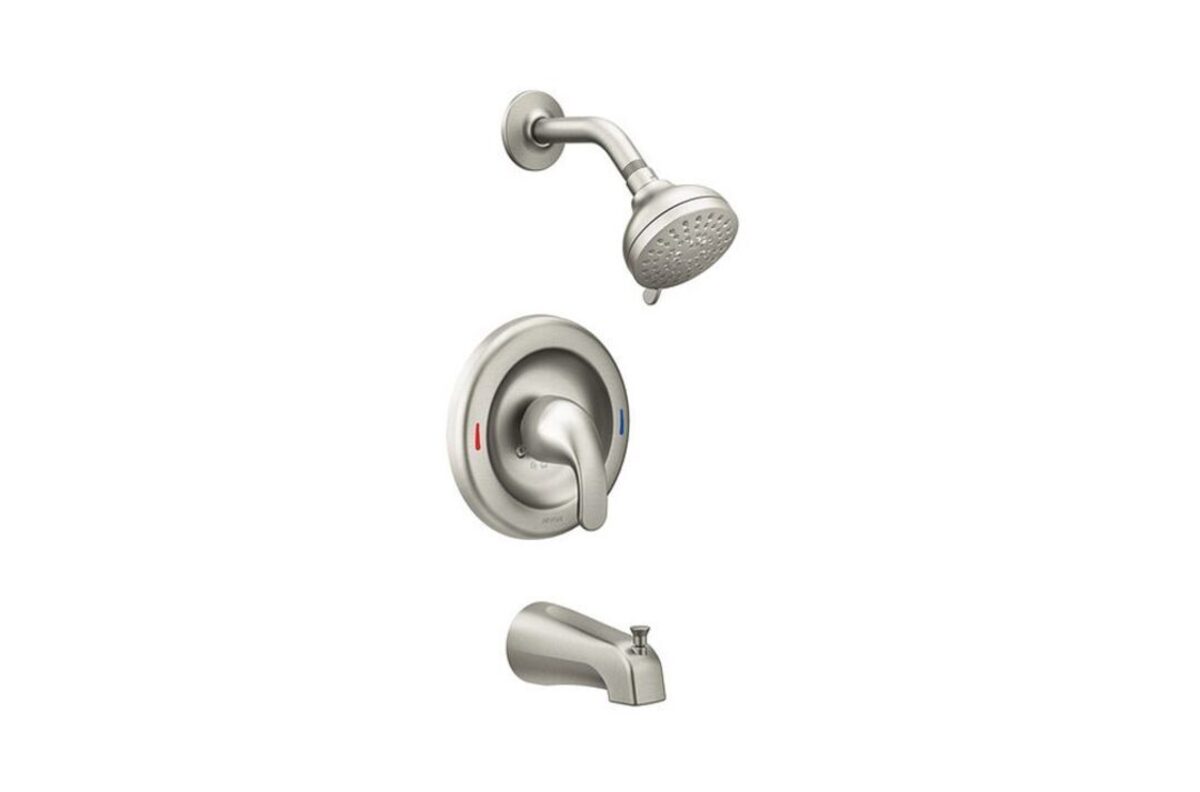
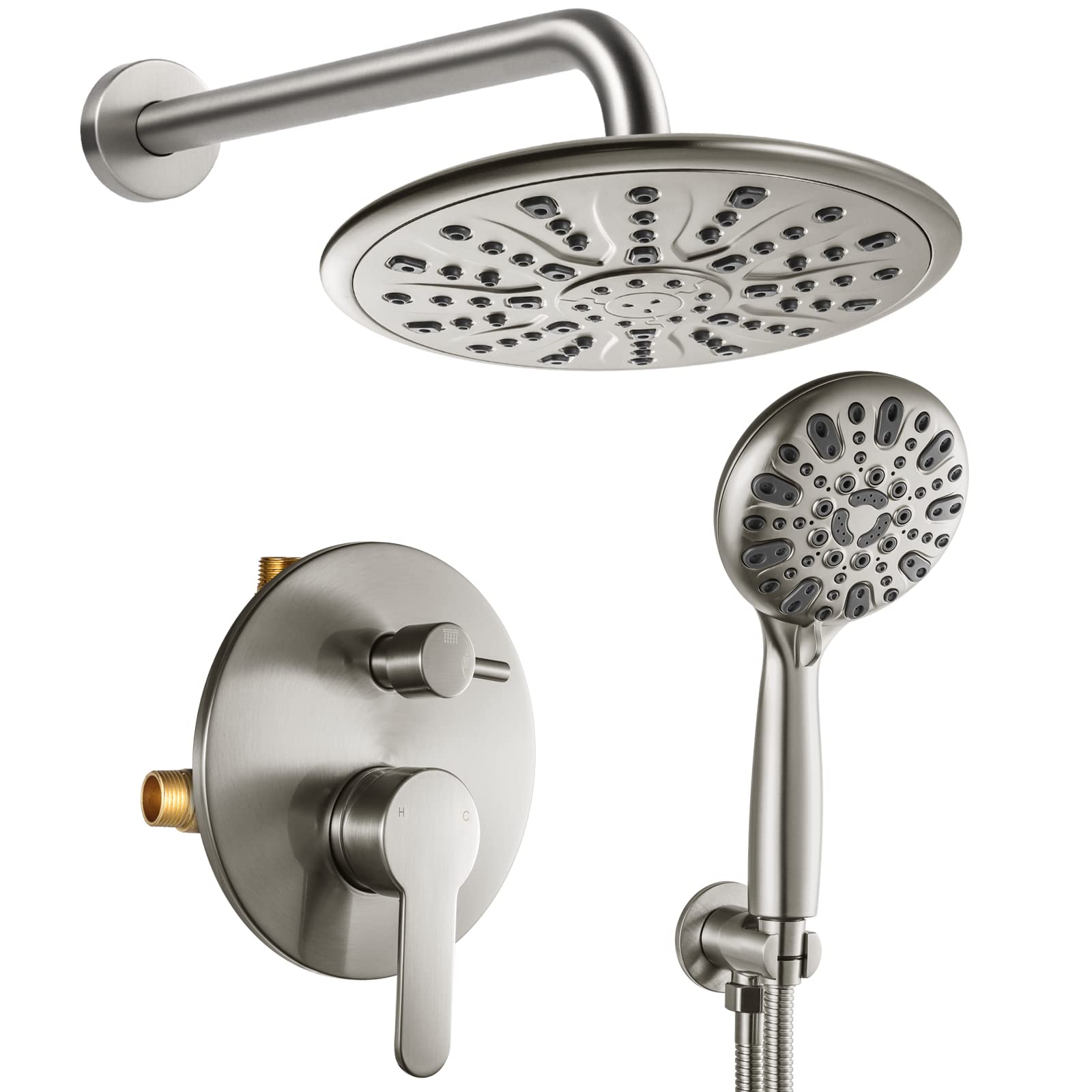
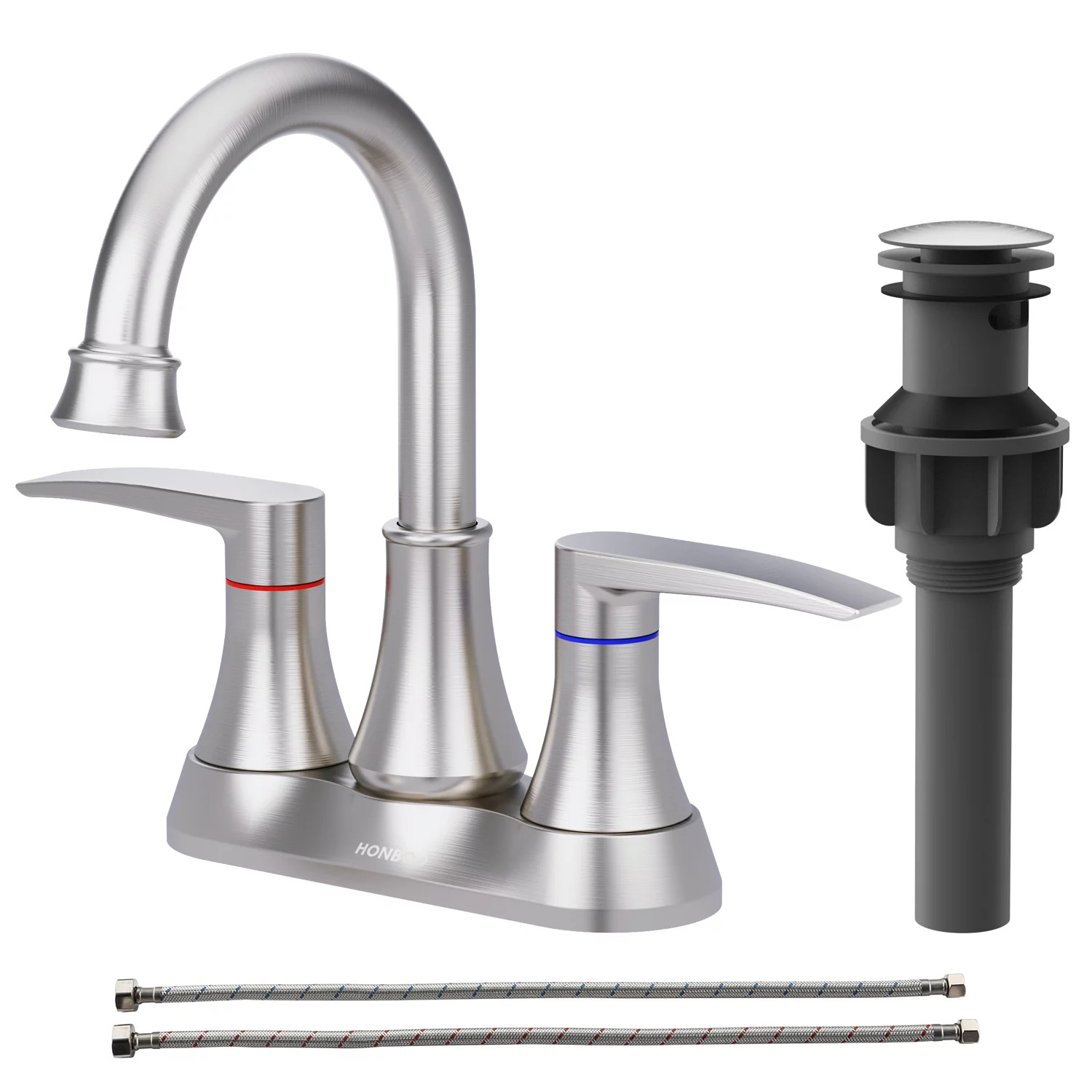
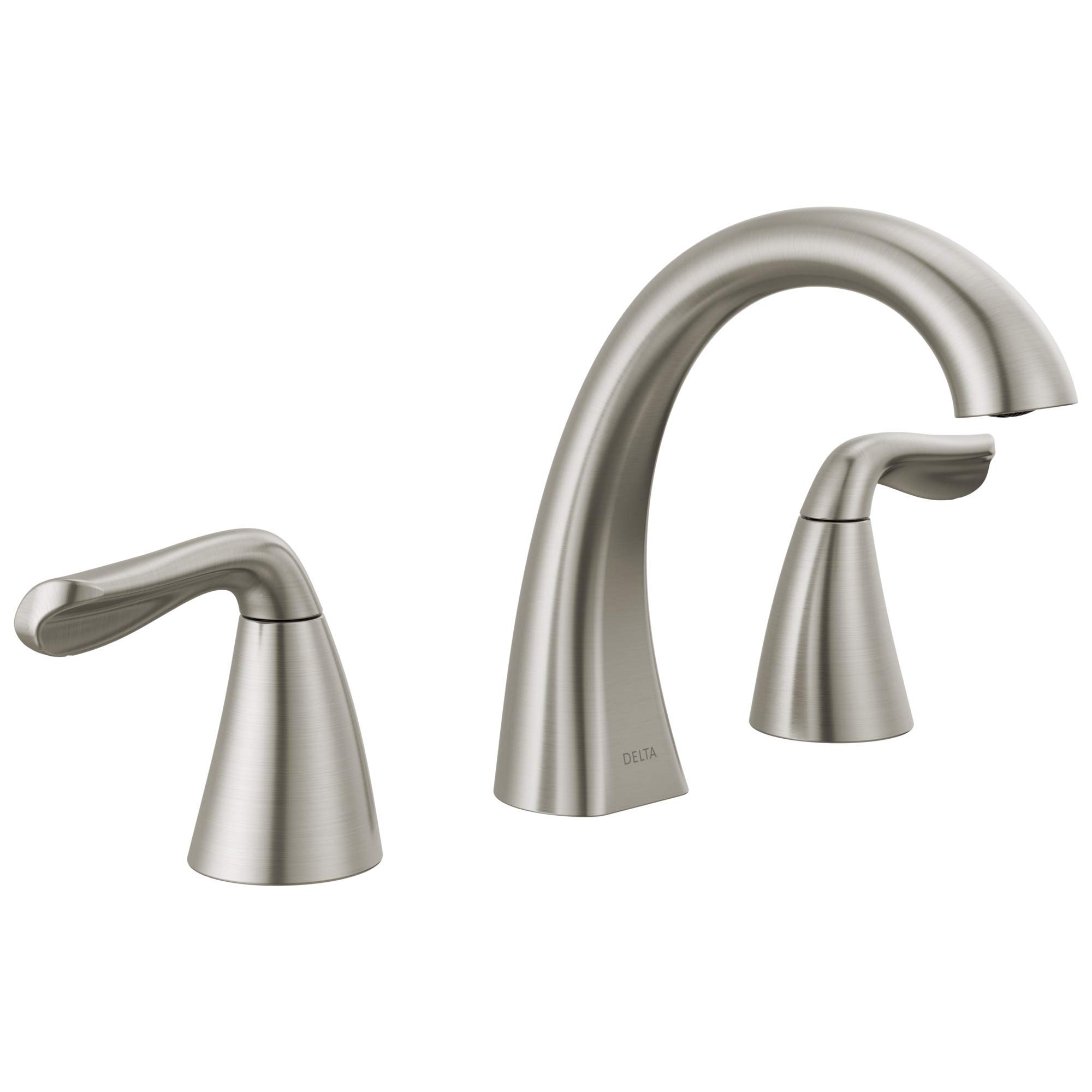
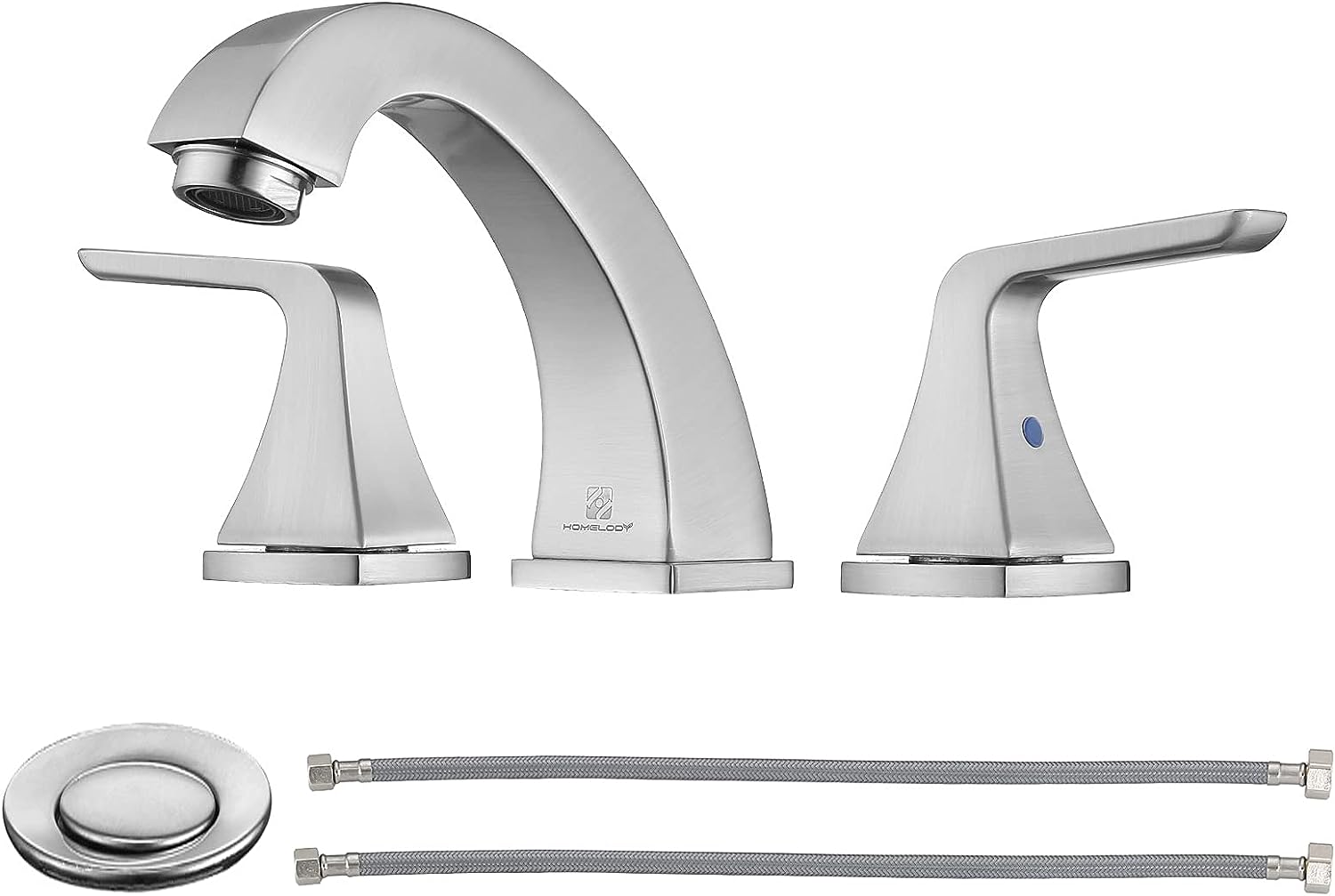
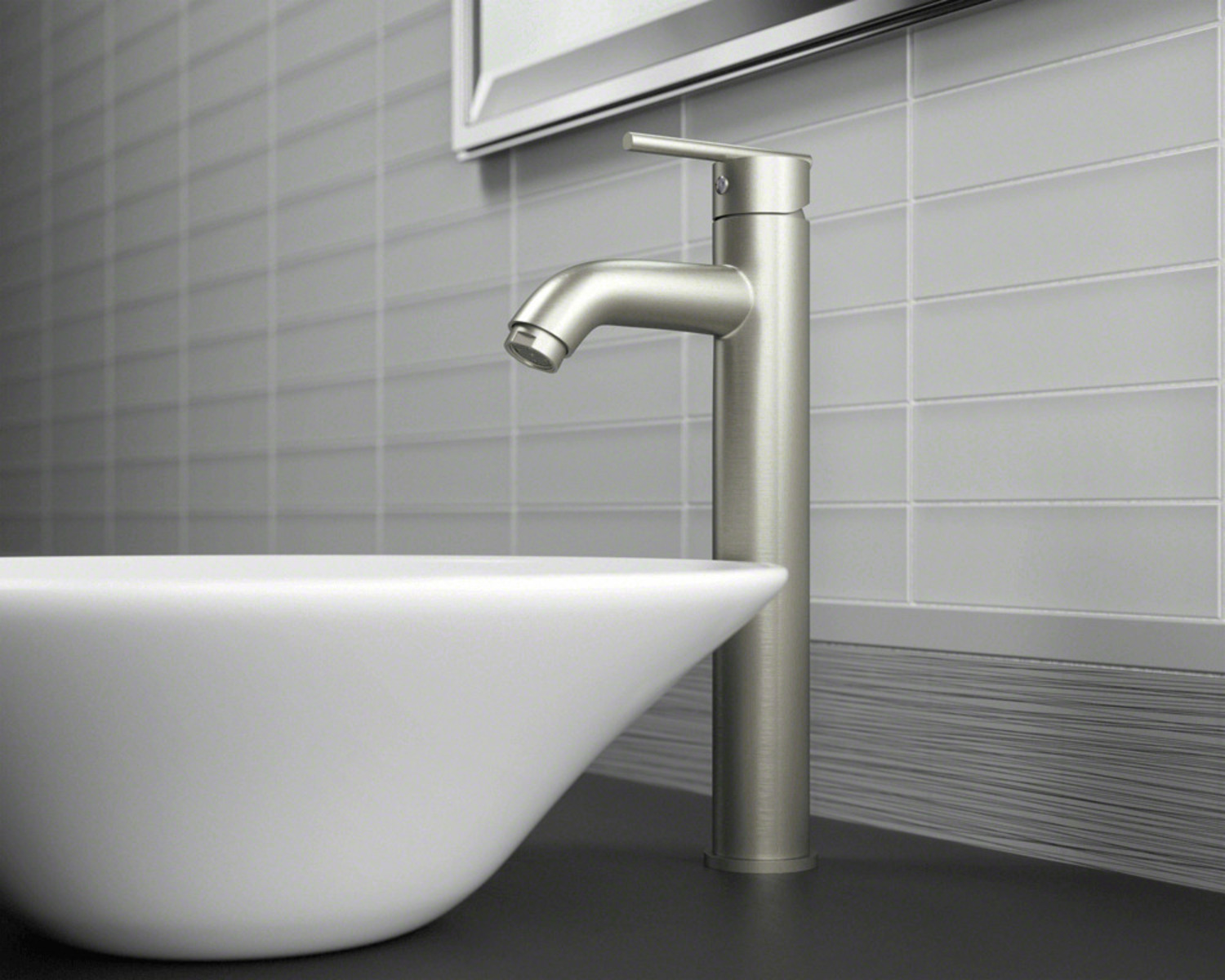
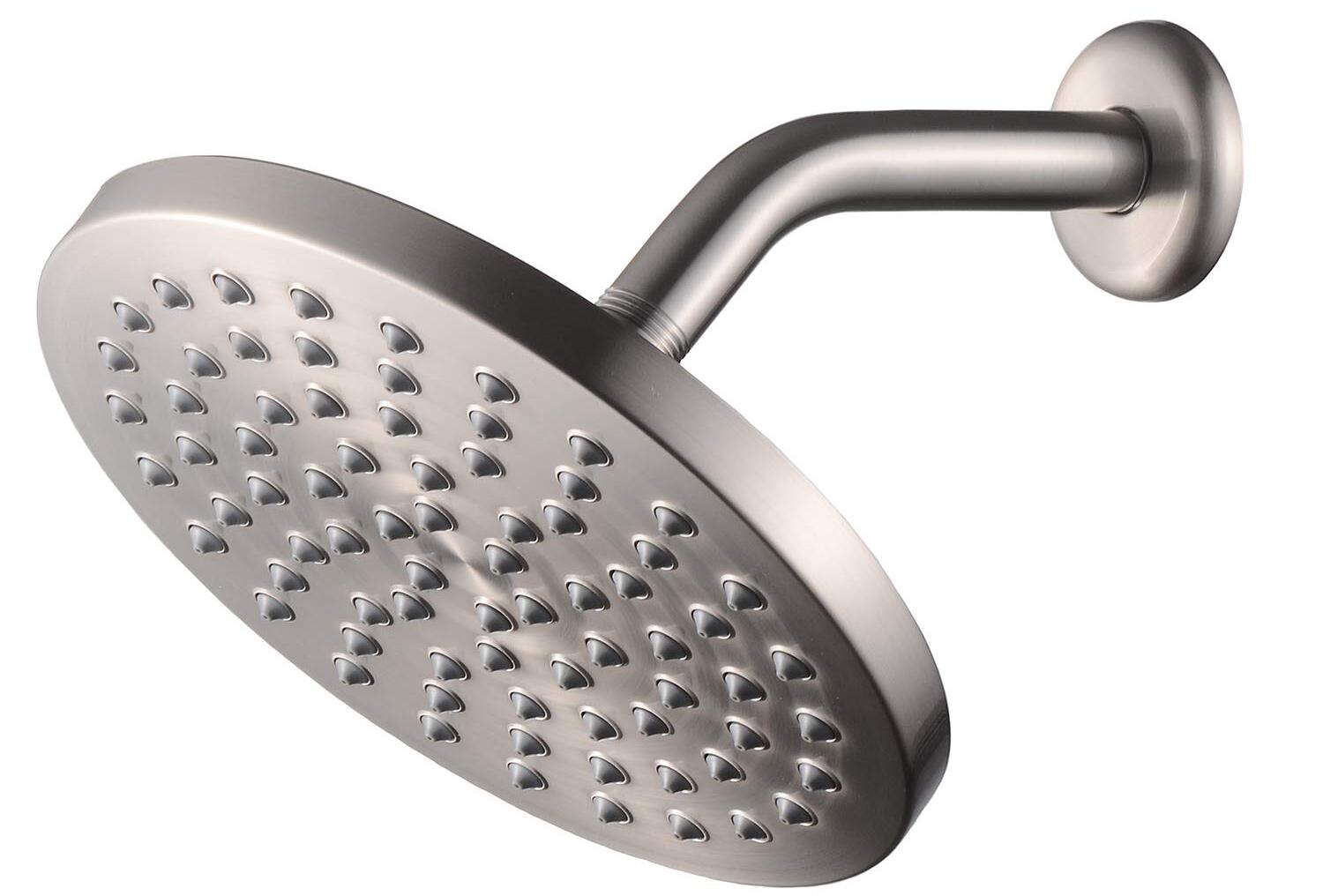
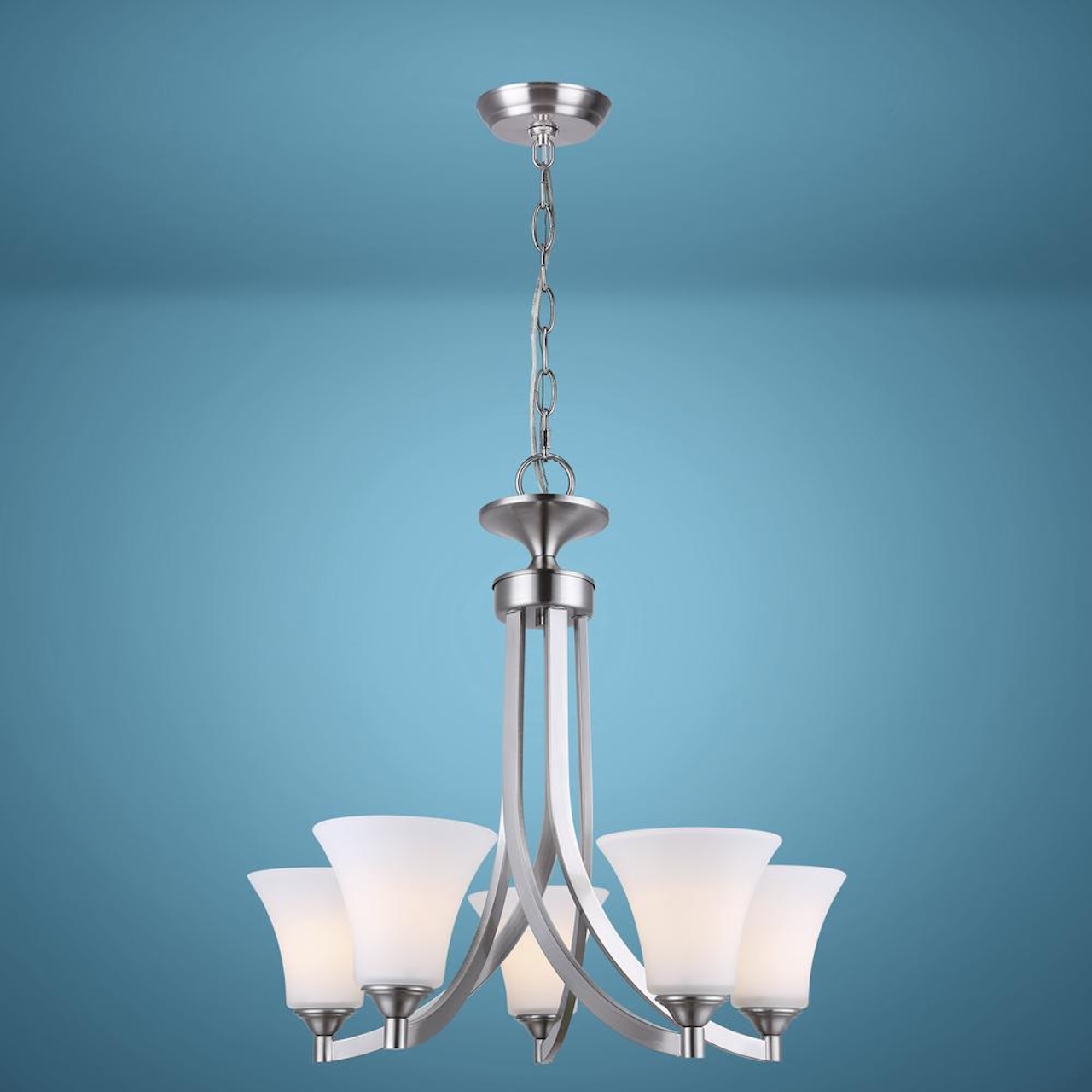
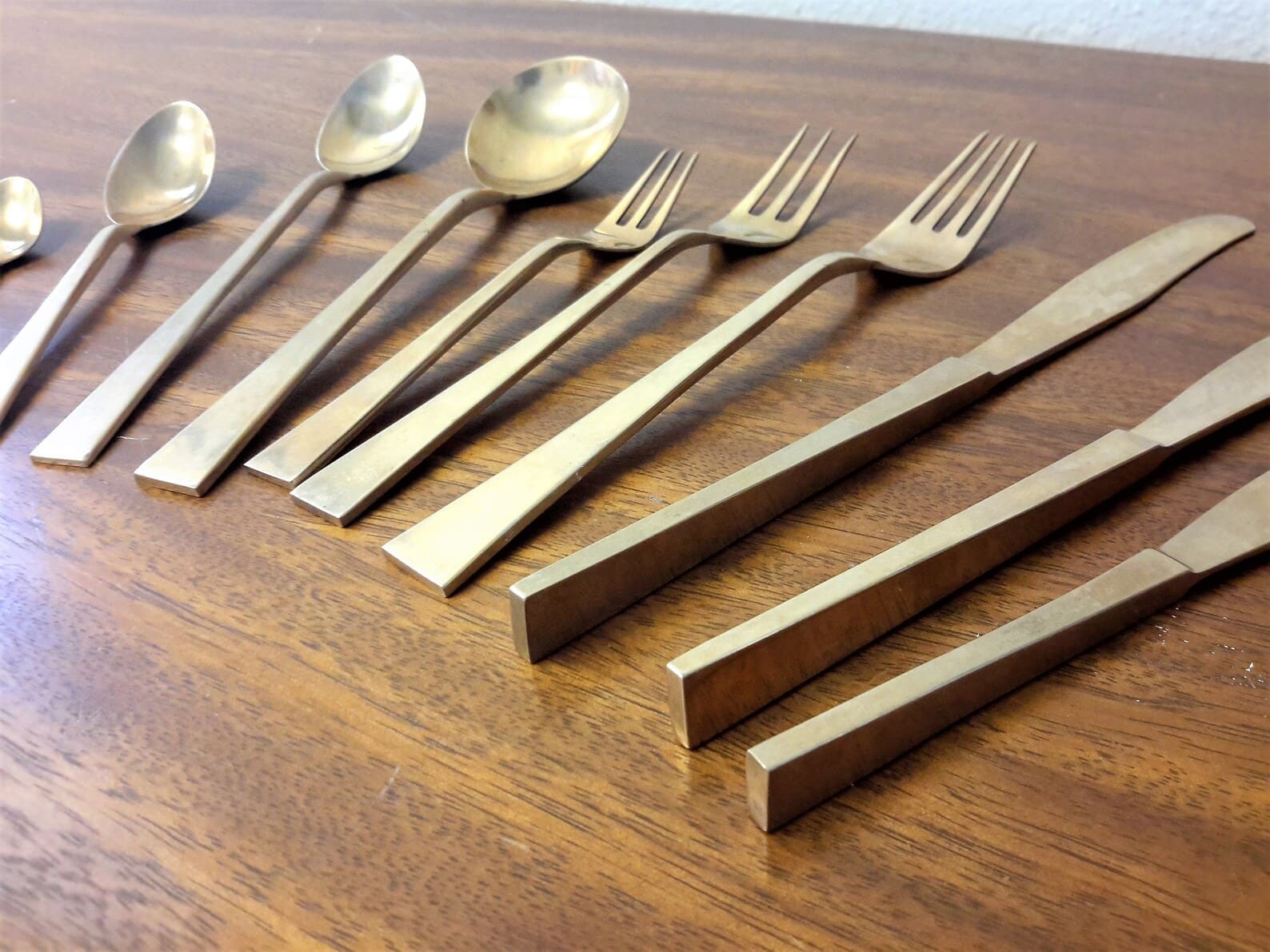
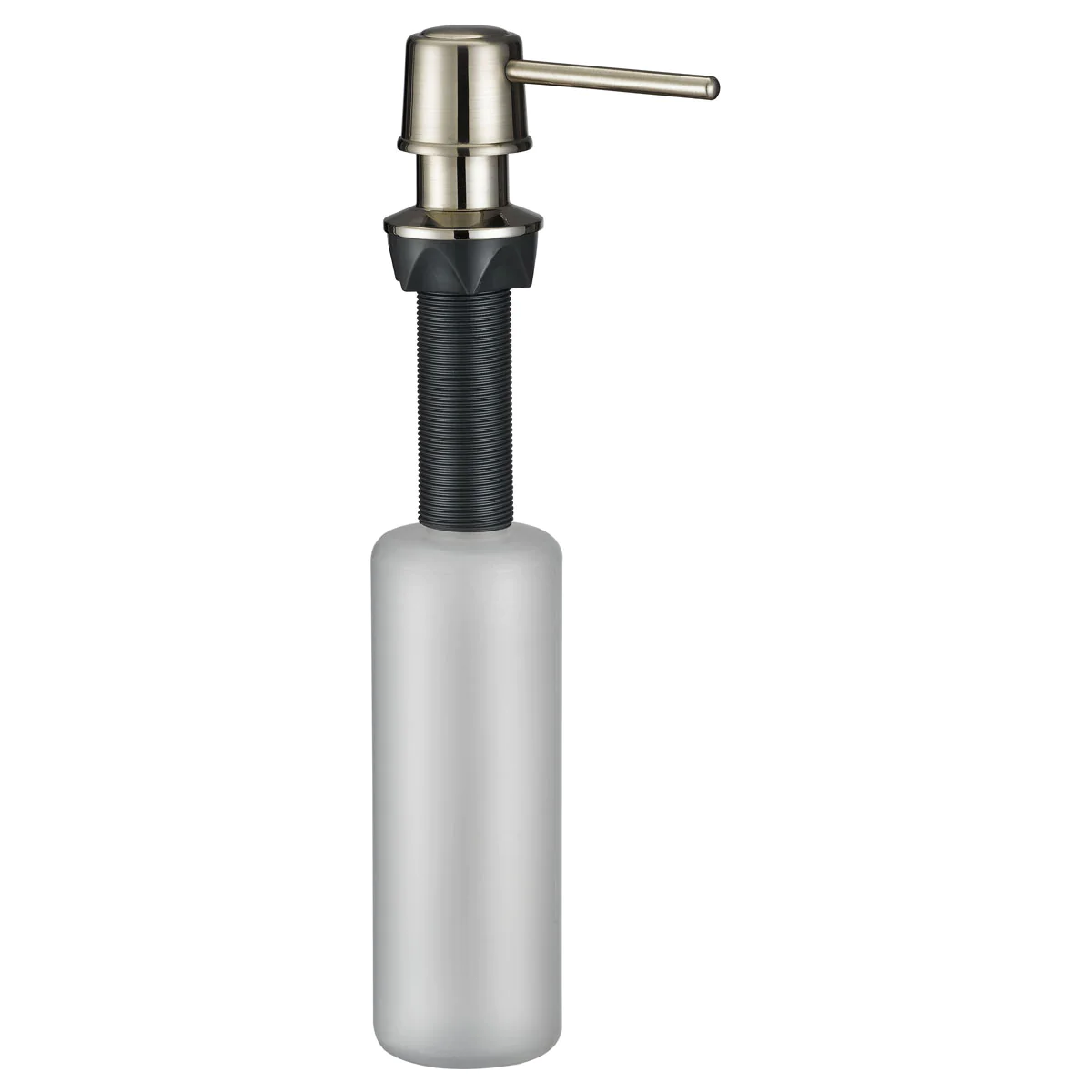

0 thoughts on “How To Clean Brushed Nickel Faucet”